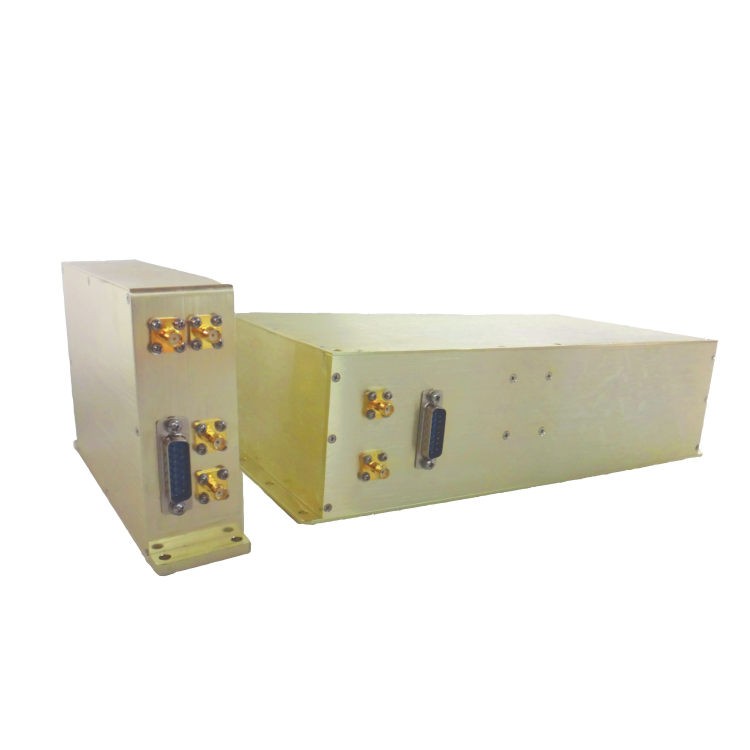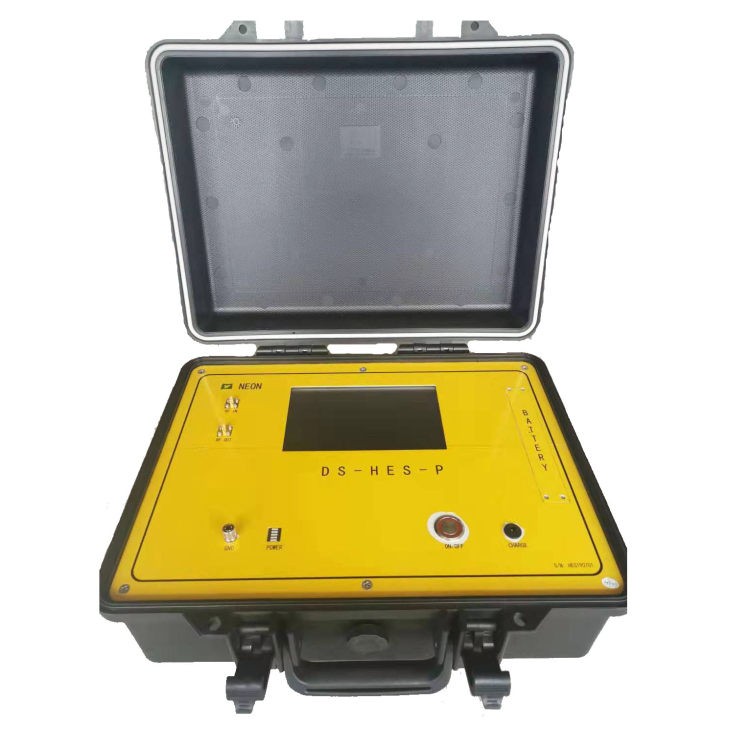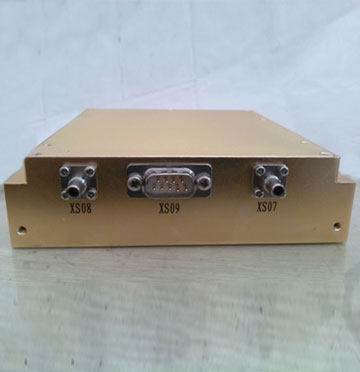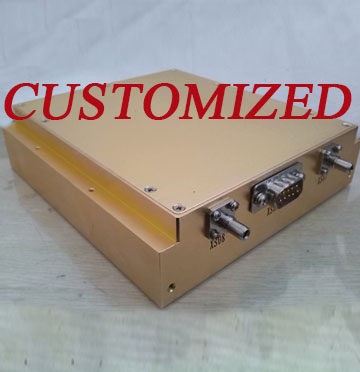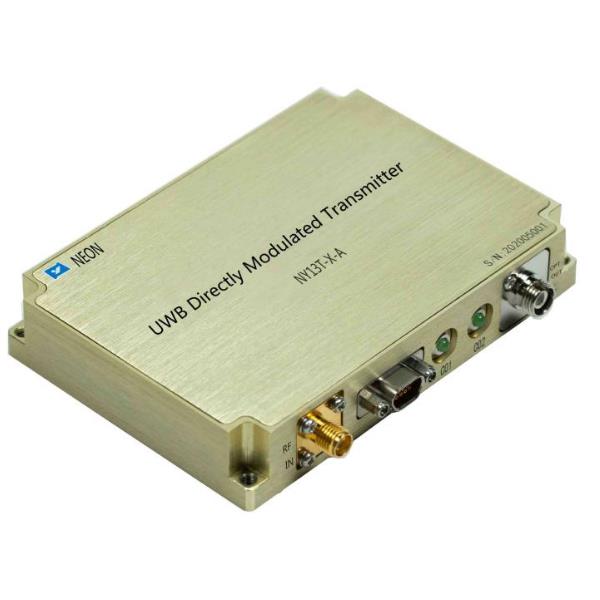Optical Delay Line and Optical Simulator: Unveiling the Essence of Controlled Light Manipulation
In the intricate realm of optics, where the manipulation of light is both an art and a science, two key technologies stand out for their pivotal roles in diverse applications: the Optical Delay Line and the Optical Simulator. These technologies have revolutionized fields such as telecommunications, radar systems, and optical research, offering unprecedented control and insight into the behavior of light. This article delves into the core principles, components, applications, and the potential synergy of these technologies, unraveling the fascinating world of controlled light manipulation.
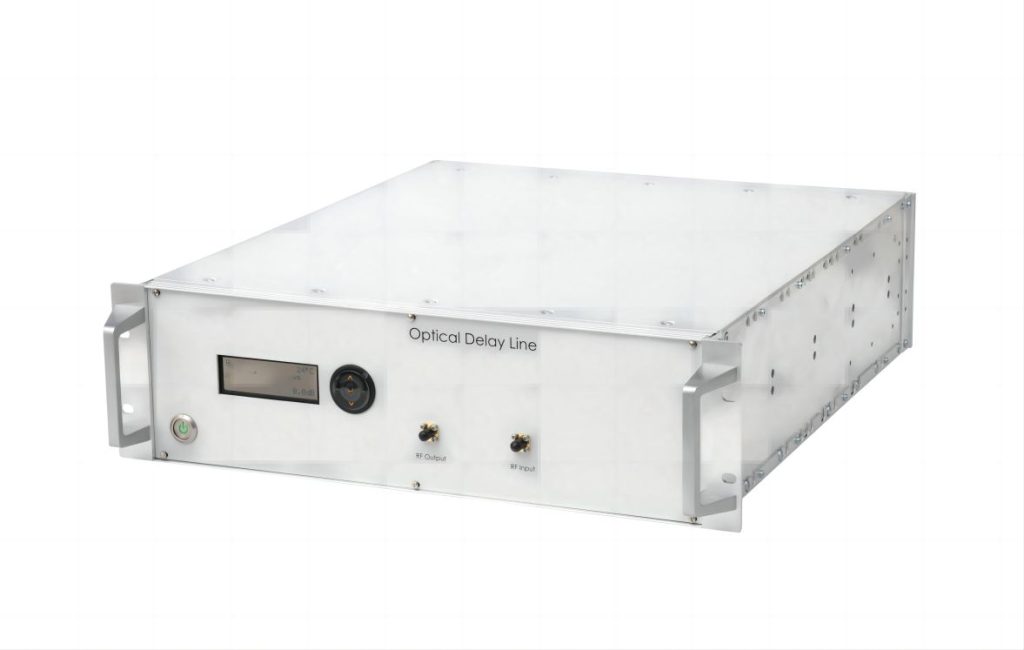
Optical Delay Line: Navigating the Dimensions of Time
An Optical Delay Line serves as a temporal bridge in the journey of light. Its primary purpose lies in providing controlled time delays to optical signals, enabling a range of applications in signal processing, testing, and telecommunications. In essence, it allows the manipulation of the timing of light signals, a capability crucial for various advanced optical systems.
Components of an Optical Delay Line
To comprehend the intricacies of an Optical Delay Line, one must first understand its components. Fiber optic cables form the backbone, carrying light signals with minimal loss and dispersion. Variable optical attenuators regulate signal strength, ensuring optimal performance. Optical switches facilitate the redirection of light, while dispersion compensating modules manage the distortion caused by the dispersion of light over distance.
Operating Principles
The operation of an Optical Delay Line relies on adjusting delays through either the length of the fiber or modulation of the optical signal. Precision is paramount, as altering the delay must be accomplished without compromising the integrity of the signal. This technology has found its place in applications ranging from radar and communication systems to time-domain spectroscopy and optical coherence tomography (OCT).
Optical Simulator: Crafting Virtual Realities of Light
An Optical Simulator, on the other hand, is the architect of controlled optical scenarios within a simulated environment. Its purpose extends beyond the physical realm, enabling the replication of real-world optical conditions for testing, training, and research. In essence, it provides a controlled playground for exploring the intricacies of optics.
Components of an Optical Simulator
The components of an Optical Simulator form a symphony of elements working in unison. Light sources are the maestros, producing the photons that dance through the system. Lenses and optical elements shape and mold the light, while beam splitters and mirrors dictate its trajectory. Detectors and sensors capture the nuances of the simulated scenario, and control and simulation software orchestrate the entire performance.
Types of Optical Simulators
Diverse in their applications, Optical Simulators come in various types. Some cater to imaging systems, replicating the conditions encountered by cameras and microscopes. Others focus on optical communication networks, providing insights into data transmission. Laser systems also have dedicated simulators, offering a platform for testing and development.
Advantages and Challenges
The advantages of Optical Simulators are manifold. They allow controlled experimentation in scenarios that may be impractical or expensive to replicate in the real world. However, achieving high-fidelity simulations poses challenges, as replicating the complexity and nuances of real-world scenarios demands meticulous attention to detail and a comprehensive understanding of optical phenomena.
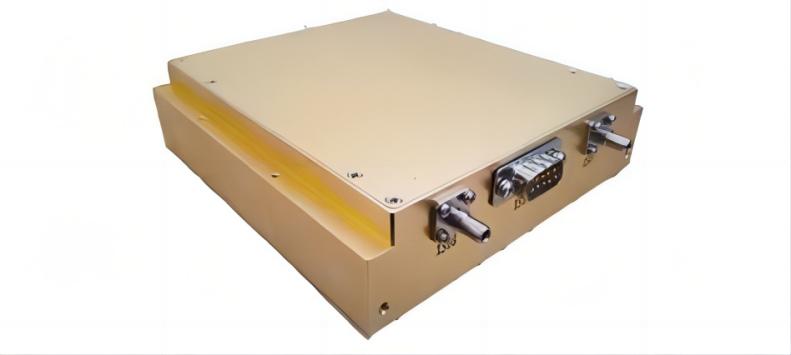
Applications
The applications of Optical Simulators are as diverse as the scenarios they replicate. From training optical system operators to testing and developing optical devices, these simulators play a pivotal role in advancing optical technologies. Researchers leverage them to explore new frontiers in optics and photonics, pushing the boundaries of what is possible.
Integration of Optical Delay Line and Optical Simulator: A Synergistic Approach
Combined Use in Testing and Development
The marriage of Optical Delay Line and Optical Simulator heralds a new era in testing and development. By incorporating realistic time delays into simulations, engineers and researchers gain a more nuanced understanding of how their optical systems behave in real-world conditions. This integration ensures that the virtual experiments align more closely with the physical realities, enhancing the reliability of testing outcomes.
Importance of Realistic Time Delays in Simulations
Realistic time delays are a critical factor in ensuring the accuracy and applicability of optical simulations. In many optical systems, the timing of signals is as crucial as their spatial characteristics. Optical Delay Lines, when integrated with simulators, enable the recreation of temporal dynamics, allowing researchers to observe how delays impact the performance of optical devices and systems.
Case Studies of Integrated Systems
Numerous case studies showcase the successful integration of Optical Delay Lines and Optical Simulators. In telecommunications, for instance, the combined approach enables the testing of optical networks under realistic conditions, considering both spatial and temporal aspects. In research laboratories, integrated systems offer a versatile platform for studying the behavior of light in complex scenarios.
Future Prospects and Developments
Looking ahead, the synergy between Optical Delay Lines and Optical Simulators is poised for further advancements. As technology evolves, the integration is likely to become more seamless, offering enhanced capabilities for researchers and engineers. The potential for innovation in optical testing, training, and development appears boundless, with promising breakthroughs in diverse fields.
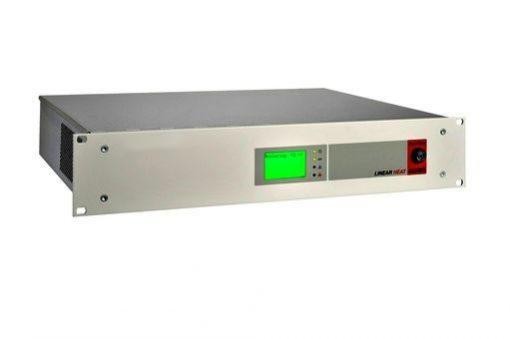
Conclusion
In the vast realm of optics, where the manipulation of light is both an art and a science, the Optical Delay Line and Optical Simulator stand as beacons of innovation. The controlled manipulation of time and the replication of real-world optical scenarios have transformed the landscape of optical technologies. As these technologies continue to evolve and integrate, the future holds exciting possibilities, unlocking new avenues for exploration and discovery in the world of controlled light manipulation.


